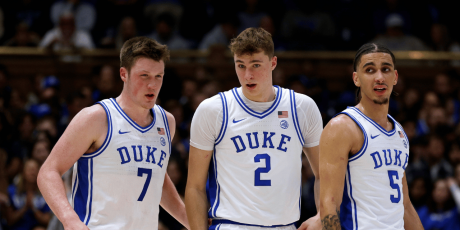The Art of the Handcuff: Where and When to Handcuff Your Stud RB

For newbies, the word handcuff is used in fantasy football to describe the act of drafting a player in order to provide insurance for another player already on the roster. For example, if an owner drafted LeVeon Bell in the first round, he could later draft James Conner as a handcuff.
Handcuffing RBs is not an exact science. The importance of a handcuff depends on several factors, including the value of the starter in question, the durability of the starter, the talent (and price) of the handcuff, the overall clarity of the backfield situation and the roster size of your league. Generally, it’s a good idea to handcuff your top 1-2 backs provided the aforementioned factors don't make it difficult or wasteful to do so. Running back is the most injury-prone position in fantasy football, and it makes sense to buy insurance if the handcuff meets the necessary criteria.
It's easier to handcuff in leagues with deep rosters. If you can only carry 16 players, it may only make sense to handcuff one running back (or none), depending on how many slots you intend to use on the position. I don't typically worry about handcuffing backs that I don’t plan to start on a weekly basis, though there are the occasional exceptions.
If your top back doesn't have a clear handcuff, then it's better to use the roster spot on a good attrition/injury play. Below is a list of the best inexpensive attrition plays in 2017:
- Jamaal Charles, Broncos
- Rex Burkhead, Patriots
- Jacquizz Rodgers, Buccaneers
- James Conner, Steelers
- DeAndre Washington, Raiders
- Darren McFadden, Cowboys
- Jamaal Williams, Packers
- Kerwynn Williams, Cardinals
- Marlon Mack, Colts
- Mike Breida, 49ers
- Latavius Murray, Vikings
- Samaje Perine, Redskins
- Branden Oliver, Chargers
- Jeremy Hill/Giovani Bernard, Bengals
- Zach Zenner, Lions
- Javorius Allen, Ravens
Photo by Harry How/Getty Images.


















